Let me introduce myself, my name is Paolo Carletto
People often ask: “Who is behind a company? What do they look like?” So, let me introduce myself. My name is Paolo Carletto. (Paolo)
(Paolo)
I was born in December 1964 in a town near Milan. Mine was a typical family, where nothing was missing except the superfluous. Everything we had was the result of hard work. My first life lesson was: “Paolo, you want something? Roll up your sleeves and go to work! Only this way will you understand the value of things and take proper care of them.” This phrase is embedded in me as if it were tattooed on my heart. Today, I appreciate and respect everything that life and work give me. In 1977, the year my father Vittorio changed careers and began the adventure of this company, I spent the summer working with him on circular machines (I probably caused more trouble than good). The goal was to save up to fulfill my dream: a motocross bike.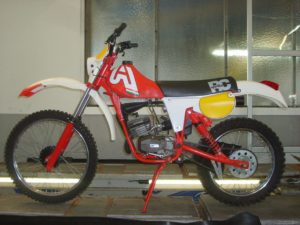 (My Aprilia 50)
(My Aprilia 50)
Me and the world of work
After the usual accounting studies (in those years you were either an accountant or a surveyor, there was no other way!), I was undecided whether to go to university or work at the company; I opted for the latter. From that moment, I officially entered the world of work. Those were incredible and hectic years. Everything was done by hand: orders, product sheets, calculations for bill of materials. Accounting was done with desktop calculators, and statistics required days and days of work and many sheets of paper. Until one day, it arrived, the computer! An Olivetti M 20.
 (The infernal machine)
(The infernal machine)
It was not love at first sight, also because it was all about: “insert disk A, remove disk B, reinsert disk A,” which made the work very complex, but in the end, I was struck by the “potential” of this new tool. I remember spending days and nights working with Gianluca, a Genoese technician, who came to Milan looking for work. He was my mentor in the dark forest of informatics.
Military Service
My idyll with the infernal machine was short; shortly after, I received the fateful “postcard” for military service. In 1985, while Milan was experiencing the snowfall of the century, I left for the service; Palmanova del Friuli, a stone’s throw from Gradisca d’Isonzo, where my father spent his childhood; a return to the origins, great!
 (Palmanova del Friuli)
(Palmanova del Friuli)
Needless to say, that year I got into more trouble than Bertoldo. I have a jovial and open character, and the barracks was a theater; imagine living in a farce. The name Paolo Carletto was always the first on the punishment chart! When I wasn’t driving the tank on the Friulian riverbeds, I spent my time inventing some prank to play. I must say it was a very light and fun period. However, I learned two things in that world of “yes sir”: to be responsible for all my actions and to quickly resolve any situation I found myself facing, relying only on myself. That year in the barracks was a real life lesson.
Paolo’s Family
The first major turning point in my life came in 1991. We moved everything from Milan to Angera, an ancient town on Lake Maggiore. My life changed, I was catapulted into a new social and work dimension. New spaces, new friends, and a new work environment. It didn’t take me long to adapt, and soon I integrated well into the new reality; so well that shortly after, I met the woman who would become first my partner and then my wife. In 2000, Jacopo was born, and two years later, Daniele, nicknamed “Dede.” My children are my true joys, the source of energy that never lets me give up. The reason why every day I tell myself that life is beautiful!
 (Jacopo and Daniele)
(Jacopo and Daniele)
 (Traveling with the boys)
(Traveling with the boys)
My Passions
What do I like? Make yourselves comfortable; the list is long! I have many passions, but the one for motorcycles and engines is perhaps the greatest. After my first Aprilia 50, I’ve always had a bike in my garage. Over the years, I’ve started to love “vintage” bikes (maybe because I’ve become “vintage” too) and I’ve taken up restoring rusty relics. I love English sports cars, and in 2005 I was the first and only one in Italy to build a kit car; a Lotus 7. In winter, it’s always disassembled and constantly evolving; let’s say it’s a bit like Penelope’s canvas. The place of honor in the list of “material” passions goes to watches; since I love being punctual, I always have a watch on my wrist.
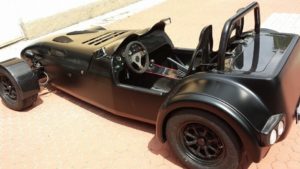 (Lotus 7)
(Lotus 7)
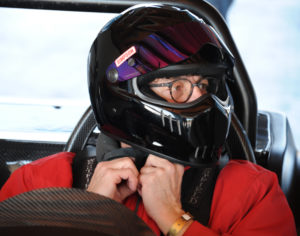 (Lotus 7 on the track)
(Lotus 7 on the track)
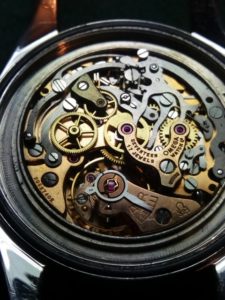 (Omega 321 Speedmaster)
(Omega 321 Speedmaster)
I love outdoor sports, from trekking to sailing, while in winter, I don’t disdain the gym and snowshoeing. Recently, I started practicing Yoga, and I must say it’s becoming a healthy passion, both for the body and mind (Ashtanga Yoga, I recommend it!). Music also plays an important role in my life; it is the soundtrack of my days; where I am, there is music! Apart from some genres I just don’t understand (the ones my kids listen to, for example), I like everything, from Rock to blues to classical music, which often relaxes me while reading a good book.
 (Paolo with snowshoes)
(Paolo with snowshoes)
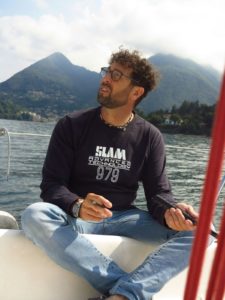 (Regatta on the lake)
(Regatta on the lake)
Paolo the Nomad
“There is no man more complete than the one who has traveled, who has changed the shape of his thoughts and his life twenty times.”
(Alphonse de Lamartine)
Traveling is something I can’t do without; I consider myself a nomad, not a tourist. Exploring new cultures and places is nourishment for the mind and soul. Over the years, I have traveled a lot, trying to detach from my feather bed to put my feet on the granite of the earth. The most beautiful and shocking experience I had was in Africa. For two years in a row, I went to the black continent to deliver medicines to the poorest areas or where there had been war. Mali, Burkina Faso, Niger, and Chad are the countries that changed me deeply; they made me reconsider my way of living, my “needs,” and give the right value to things.
 (Tibesti Desert – Chad)
(Tibesti Desert – Chad)
 (Tibesti Desert – Chad)
(Tibesti Desert – Chad)
My Projects
“The second place is just the first of the losers.”
(Colin Chapman)
This is the motto that best describes me; I am a restless soul, and despite Yoga, inner peace is far from becoming a reality. So I always have projects to dedicate myself to. On the work front, I am updating the company’s setup based on new online sales methods and new marketing strategies. In fact, for over five years, I have also been studying SEO dynamics, digital marketing, Adwords algorithms, and lastly, semiotics. I am precise and love keeping up with the times!
On a personal level, however, I would like to graduate in communication sciences; since I didn’t do it when I was young, I would like to do it now. I just need to find the time to fit everything in, but I’m working on it!
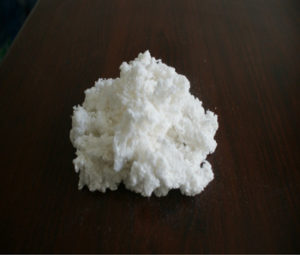
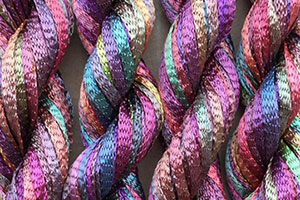
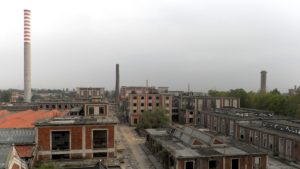 (SNIA – Artificial fibers)
(SNIA – Artificial fibers)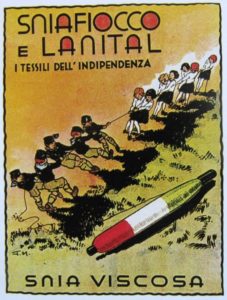

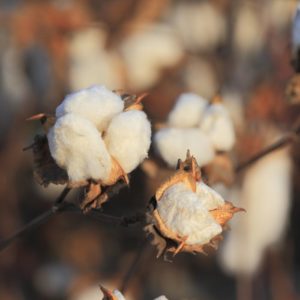
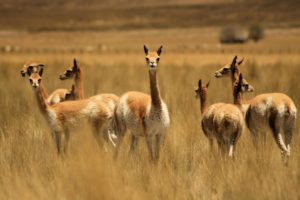 (Vicuña)
(Vicuña)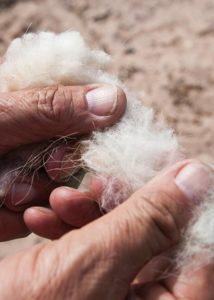
 (Paolo)
(Paolo) (My Aprilia 50)
(My Aprilia 50) (The infernal machine)
(The infernal machine) (Palmanova del Friuli)
(Palmanova del Friuli) (Jacopo and Daniele)
(Jacopo and Daniele) (Traveling with the boys)
(Traveling with the boys) (Lotus 7)
(Lotus 7) (Lotus 7 on the track)
(Lotus 7 on the track) (Omega 321 Speedmaster)
(Omega 321 Speedmaster) (Paolo with snowshoes)
(Paolo with snowshoes) (Regatta on the lake)
(Regatta on the lake) (Tibesti Desert – Chad)
(Tibesti Desert – Chad) (Tibesti Desert – Chad)
(Tibesti Desert – Chad)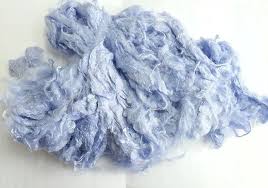
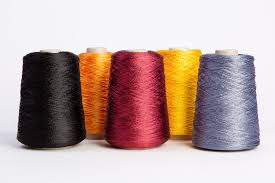
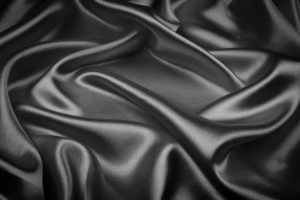
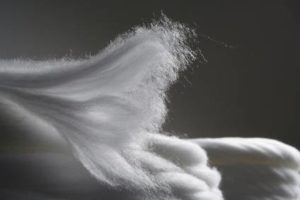
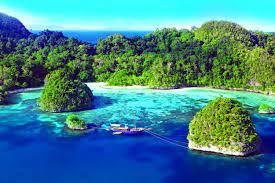 Sunda Islands
Sunda Islands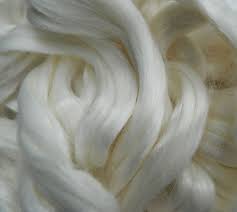
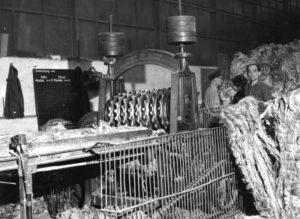
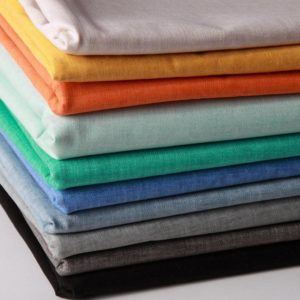
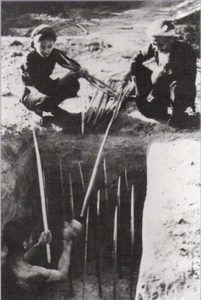
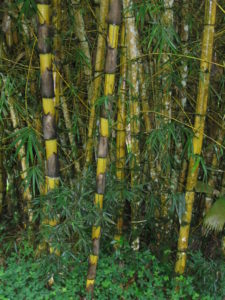

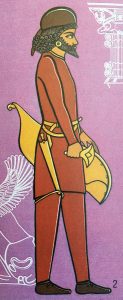 (anaxyrides)
(anaxyrides)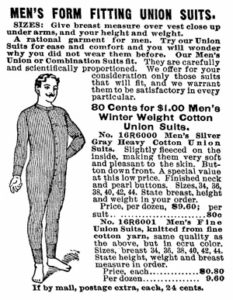 (Union suits)
(Union suits)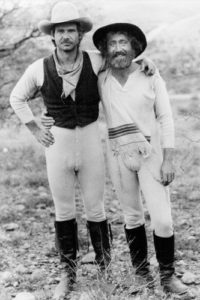 (Harrison Ford and Gene Wilder)
(Harrison Ford and Gene Wilder)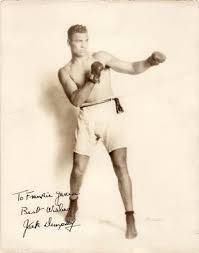 (boxer)
(boxer) (Ryan Reynolds in Deadpool)
(Ryan Reynolds in Deadpool)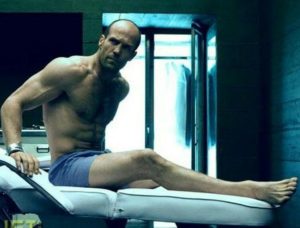 (Jason Statham in
(Jason Statham in